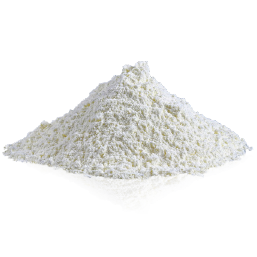
Probiotics and prebiotics
Probiotics are bacteria that help maintain the natural balance of the intestines in a living organism. Prebiotics are non-digestible carbohydrates found in food that are necessary to stimulate the growth of probiotic bacteria in the body. Probiotics and prebiotics are effective for stabilizing intestinal microflora in monogastric animals and ruminants. Using prebiotics and probiotics in animal feed is very important, especially since the use of antibiotics in animal feed was banned by the European Union in 2006.
Acid fires
Acidifier is used in poultry feed to reduce the acidity of the digestive system and microbial cytoplasm, which prevents the growth of pathogenic intestinal microflora. This ability of fire acid reduces the consumption of microflora in competition with nutrients and causes better growth and performance of poultry. The antimicrobial properties and chemical structure of acidifiers make these organic acids used as preservatives or to provide hygiene in food and drinking water.

Toxin binders
Toxin binders are substances that, when added to the diet, prevent the absorption of fungal toxins in the body of livestock, poultry and aquatic animals. By using toxin binders, livestock farmers minimize the risk of mycotoxin poisoning when using contaminated feed. Toxin binders reduce the absorption of mycotoxins in the metabolism of animals by the irreversible binding of these toxins in the digestive tract. Ariadalman offers products based on the need for use in the feed industry or farms.
Enzymes
The use of enzymes in different formulas for monogastric animals has high efficiency. In addition to phytase and enzymes for breaking down non-starch polysaccharides (NSP breaking down enzymes), Ariadalman's product range also includes multi-enzyme sets. Adding suitable enzymes such as xylanase, gluconase, protease, phytase, and amylase to livestock feed, in addition to increasing yield and reducing conversion rate, will also have a very significant effect in preventing environmental pollution.

